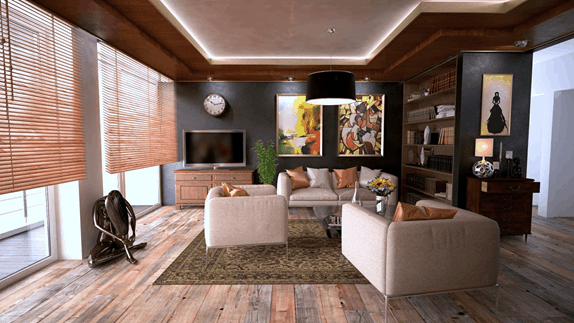Plywood exhibits exceptional utility in the construction industry. Hence, hundreds of projects all over the world use it. Whether you require it for a floor, a roof, or some other purpose, plywood offers stability, durability, and strength together with proper installation. Thus, an inferior installation may counteract its efficiency and lead to the deterioration of an entire building, which can be very dangerous. It is a must to have the plywood panels installed correctly.
In this article, we shall talk about 8 tips for properly installing plywood panels in construction.
1. Select the Right Plywood Grade:
Plywood can be of varying grades, each commonly used for various tasks. For exterior purposes, the ideal plywood option should be what is called exterior-grade plywood, which is made to tolerate moisture, temperature changes, and structural stress. Make a choice based on the principles required for your work.
2. Prepare the Substrate:
Before installing the plywood panels, first make sure the substrate is clean, level, and removed from all impurities: dirt, fractures, or rough spots. The inaccuracies of the substrate cause the plywood sheets to distort or warp up after a while. Adequate use of levelers or shims in smoothening uneven grounds is recommended before the start of installations.
3. Use Proper Fasteners:
The correct choice of fixings is imperative to guarantee the plywood panels’ stability and strength. Prefer corrosion-resistant screws or nails designed to install plywood on projects. Place the fastener at about the same distance on the edges and in the center of the panels to keep them away from falling and make them equal in their gripping strength.
4.Mind the Gaps:
Leave small gaps among the panels of plywood because of their expansion and contraction, which is essential during the installation. The panels built in such gaps allow for temperature and humidity to be adjusted, thereby keeping it from humps and slumping during the lifetime. Use spacers to ensure regular spacing between panels.
5. Apply the Correct Adhesive:
Mechanical Fasteners, combined with an adhesive that joins the plywood panels and the surface of the substrate, complete a strong surface by limiting the noise-making possibilities such as squeaks or creaks. Acquire plywood-grade construction glue that has a good reputation for bonding and follow the manufacturer’s instructions carefully.
6. Implement Proper Jointing Techniques:
Once the panels made of plywood are to be joined, carry on applying the jointing techniques that are appropriate, which will lead to seamless joining as well as ample strength. Install tongue-and-groove joints or spline joints to create joints that will have a tight interlocking connection and also distribute loads uniformly on the panel.
7. Protect Against Moisture:
With regards to plywood, the effect of moisture is one of the primary causes of its failure, swelling, delamination, and fungal growth. Place a moisture barrier, for instance, a waterproof material or a vapor barrier, between the substrate and the plywood panels to keep away any moisture from below. Seal all the outside edges and joints with waterproof sealant to move to a higher level of protection.
8. Follow Manufacturer Guidelines:
Lastly, never forget to follow the manufacturer’s installation instructions and recommendations for properly fitting plywood. This body of guidelines implies specific necessities, technologies, and safety precautions focused on optimizing the utilities and durability of plywood panels for construction purposes.
The main point is that if proper installation is not given enough time and thought, then it will affect the strength, stability, and durability of the plywood panels in construction projects, and this will consequently lead to decreased performance. Following the tips mentioned above will prevent any structural failures and expensive damage but will ensure optimal plywood installations’ performance.
CenturyPly is a brand that has years of experience and is known for its high quality and steady performance. They are the plywood manufacturer you can trust for your next construction work. Your peace of mind is certain with them, and you can rest assured that your buildings are constructed with full confidence in the solidness of premium plywood.



